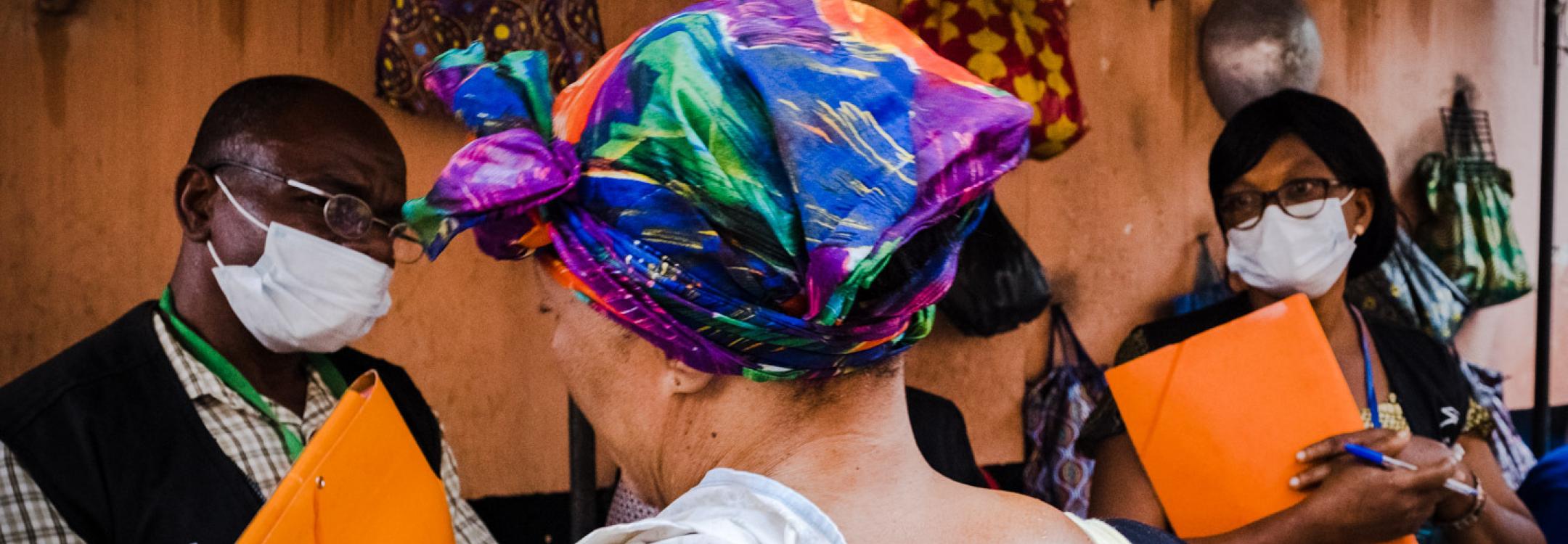What are national human rights institutions as NPMs?
National human rights institutions (NHRIs) are independent bodies, established by the state for the promotion and protection of human rights. NHRIs are accredited by the Global Alliance of NHRIs on the basis of their compliance with the Paris Principles Relating to the Status of National Institutions, adopted in 1991. These principles set some important minimum criteria for such institutions, including that they have a sound legal basis and are independent from those institutions they are tasked to oversee. Article 18 of the OPCAT states that “due consideration” should be given to them when establishing NPMs.
While OPCAT does not prescribe a specific model, around the world, the majority of NPMs are NHRIs. Other NPMs are either: new specialised institutions or multiple body NPMs.
Most NHRIs that have been designated as NPMs were existing bodies that were granted additional powers and responsibility to perform the NPM mandate. In some countries, NHRIs have been designated as part of multiple body NPMs. In a small number of cases, they were created at the same time as they received their NPM designation.
This tool addresses different types of NHRIs, because, while there are important differences between them (see question 2 below), the opportunities and challenges they face when designated as NPMs are broadly similar. Many of the points made in this tool also apply to the small number of ombuds institutions as NPMs that are not NHRIs, including those with narrower mandates relating, for example, to specific rights, groups, or geographical areas.
